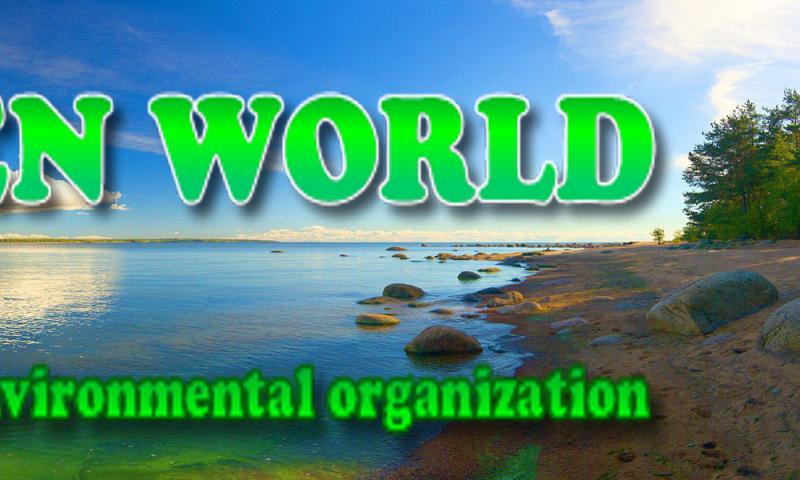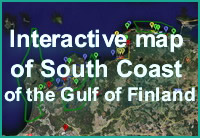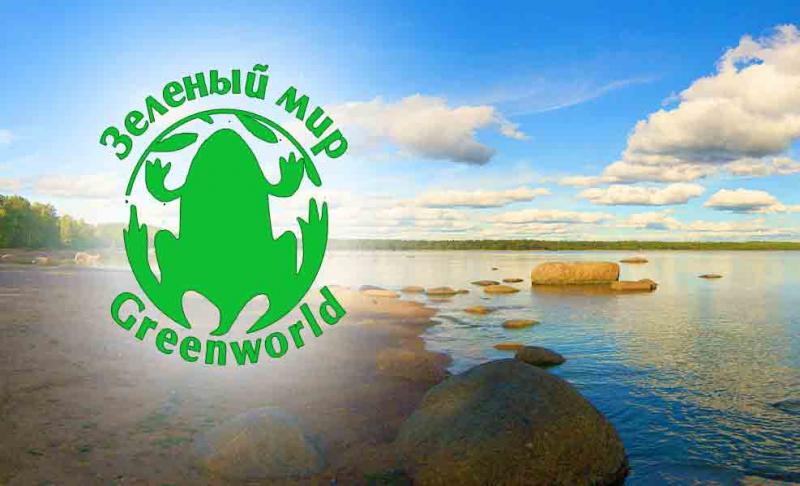
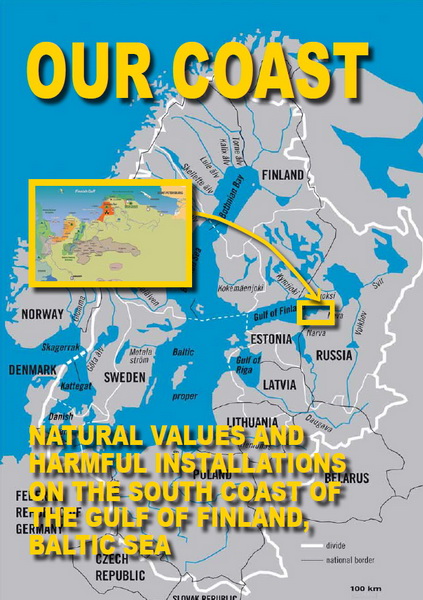 |
The South Coast of the Gulf of Finland |
|---|---|
| Natural Values and Harmful Installations |
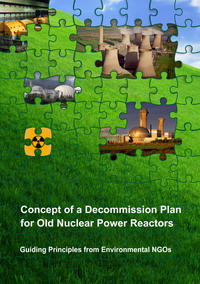 |
Concept of a decommission plan for old nuclear power reactors |
|---|---|
| Guiding Principles from Environmental NGOs |
ROSATOM PROMOTES radioactive waste sites 40 km from ST. Petersburg WITHIN 1 Km from the Baltic Sea
Preliminary materials of the Environmental Impact Assessment (EIA) for a site for the disposal of radioactive waste have arrived at the administration of Sosnovy Bor, Leningrad Region http://www.mayak.sbor.net/node/15822.
According to these documents on the southern shores of the Gulf of Finland, 40 km west of the boundary of St. Petersburg, up to 250 000 cubic meters of radioactive waste (RW) will be buried.
The proposed burial site is located about one kilometer from the coastline of the Gulf of Finland (Koporskaya Bay), between the current Leningrad Nuclear Power Plant and the new plant (Leningrad NPP-2). It is about 100 km from Finland and 50 km from Estonia.
RosAtom has proposed the site in the location of the temporary storage for radioactive waste for the former “Lenspetskombinat Radon”. It is currently a branch of the Leningrad branch of the Northwest Territorial District of “RosRAO” - national radioactive waste operator. On its territory there are currently 15 buildings with temporary storage of RW of more than 60,000 m3, including high-level radioactive waste, mostly in the form of spent radioactive sources.
The RW is stored in existing concrete boxes in bulk, in barrels, as well as in bitumen.
More than half of the temporary storage buildings have already exceeded their design lifecycle. In the oldest warehouse, built in 1961, that lifecycle ended over twenty years ago.
As a result of fires in those buildings with RW (July 1976, building № 465 and September 1979, building № 668), which were extinguished with water, and also as a result of air leaks in the concrete boxes, the groundwater in the vicinity of the storage facilities has been contaminated with H3, Cs137, Sr90, and also Pu239.
In the area of the proposed placement of the site, a 3-fold higher level of cytogenetic damage in terms of seeds and needles of pine trees has been observed than at the city limits of St. Petersburg http://www.greenworld.org.ru/?q=sbor121499 .
Both ground and buried site options are currently being proposed. It has been declared that the delivery of RW will be from St. Petersburg and Leningrad Region. At the same time, one of the suppliers of waste has been designated as Ecomet-S, Europe's largest plant for processing radioactive metal, and operating on the grounds of the Leningrad Nuclear Power Plant. This enterprise melted by 2009 over 20,000 tones of metal waste from the whole of European Russia http://www.greenworld.org.ru/?q=ang_bv_115 .
This means that on the Baltic coast, in Sosnovy Bor, secondary RW from all of European Russia will be stored. But the geography of deliveries may be wider. Ecomet-S has negotiated the supply of metal waste (under the guise of secondary materials) from Germany, Slovakia and other countries. In addition, the new Russian law on radioactive waste management, recently passed by the Duma (in 2011), suggests that radioactive materials from the export of equipment (spent radioactive sources) will be sent to Russia. It is import high level radioactive waste.
Given the proximity of the port of Ust-Luga (10 km from Estonian boundary), which is certified by the Russian government as a port for operating with radioactive substances, we can expect that these high-level RW will also be stored on the Baltic coast in Sosnovy Bor.
The components of waste that is proposed to be buried at the site include:
Pu239 (half-life T1/2=24,000 years),
Ra226 (T1/2=1,600 years),
Am241 (T1/2=433 years),
Pu238 (T1/2=88 years),
Cs137 (T1/2=30 years),
Sr90 (T1/2=29 years),
Pb210 (T1/2=22 years),
H3 (T1/2=12 years),
Co60 (T1/2==5 years),
Pm147 (T1/2=2.6 years),
Cs134 (T1/2=2 years),
Mn54 (T1/2=312 days.),
Ce144 (T1/2=285 days.),
Zn65 (T1/2=244 days.),
Po210 (T1/2=138 days),
Fe59 (T1/2=45 days),
Nb95 (T1/2=35 days),
Cr51 (T1/2=28 days)
GREEN WORLD has registered with the administration of Sosnovy Bor in order to conduct a non-government environmental impact assessment of the proposed project.

